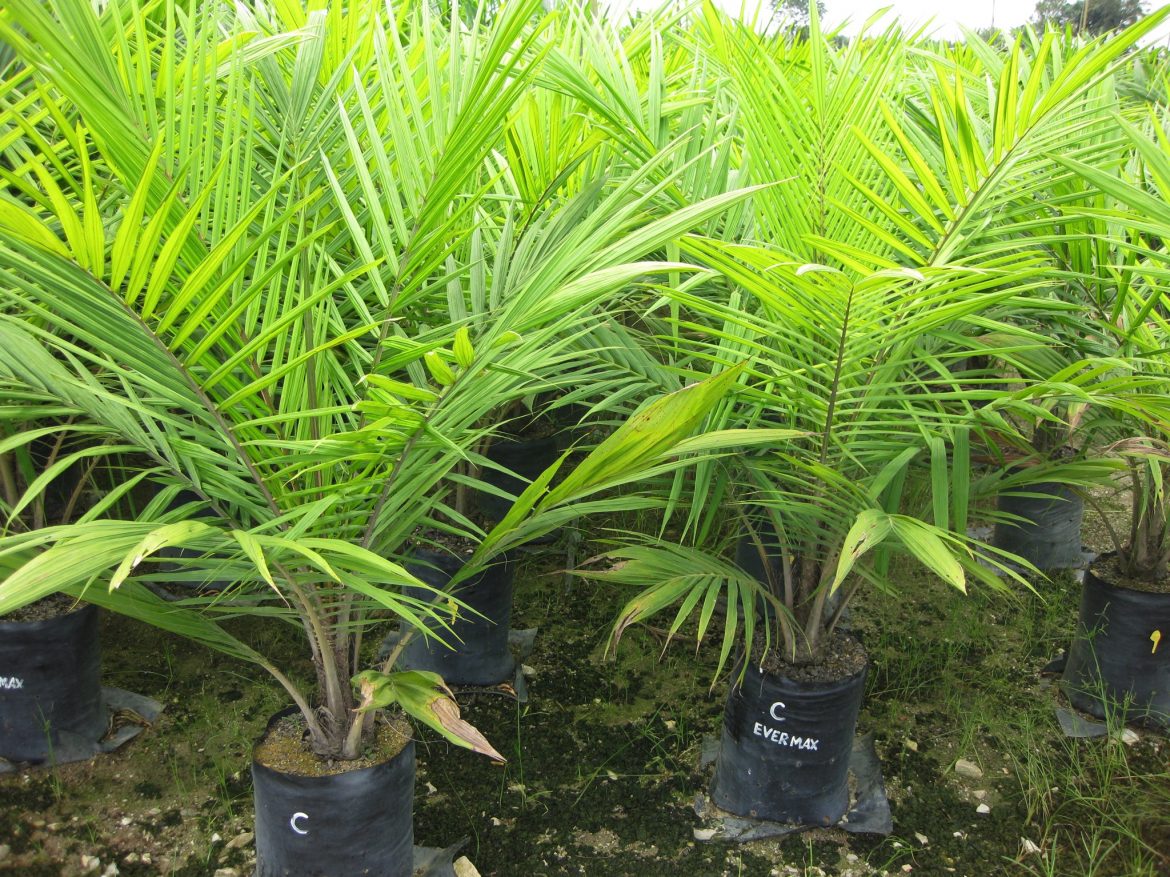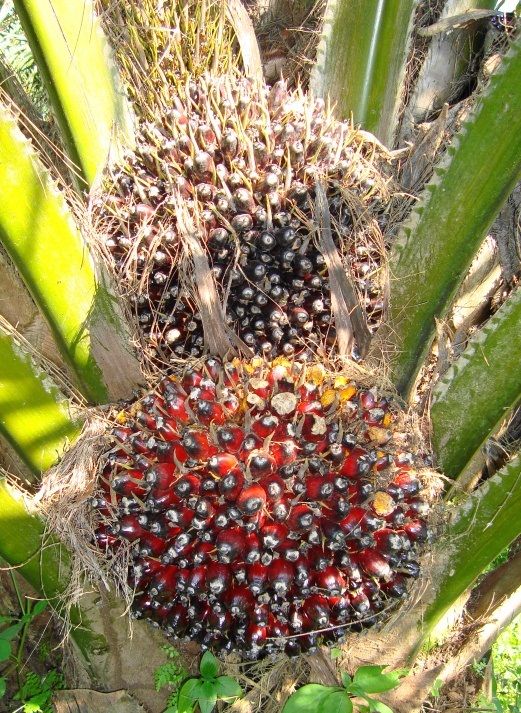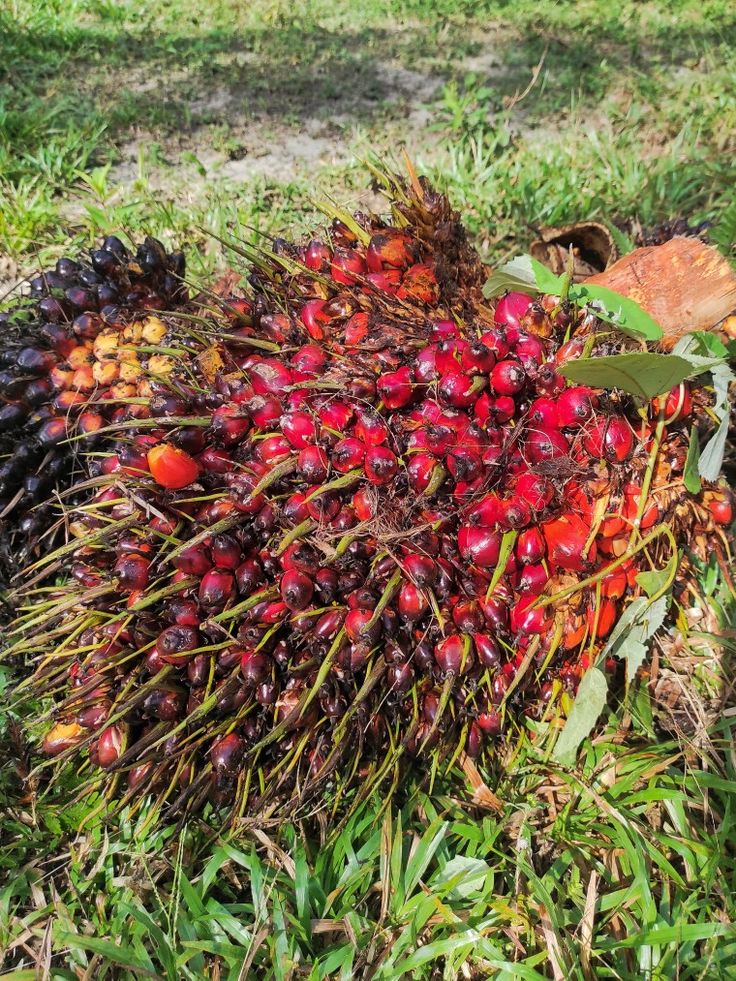Oil palm is known to be a heavy feeder, and giving it the right nutrition is crucial to achieving high yields. Without proper care, you may see poor growth, small fruit bunches, and low oil content. Therefore, farmers must plan fertilizer application carefully and use the correct nutrients at the right time.
Why Proper Nutrition Matters in Oil Palm Cultivation
Oil palm trees need a lot of nutrients to grow well and produce healthy fruits. The most important macronutrients are nitrogen (N), phosphorus (P), potassium (K), and magnesium (Mg). Among these, potassium plays a key role because it supports fruit development and oil production. If any of these nutrients are missing, the trees may suffer, and productivity will fall sharply.
- Nitrogen (N) drives vegetative growth, ensuring robust canopy development.
- Phosphorus (P) supports strong root formation and early plant establishment.
- Potassium (K) is particularly critical for fruit bunch development, oil synthesis, and improving overall plant resilience.
- Magnesium (Mg) is essential for chlorophyll production and efficient photosynthesis.
Among these, potassium is the nutrient most required by oil palm, directly influencing both the quantity and quality of oil produced. A deficiency in any of these macronutrients can lead to symptoms like yellowing leaves, poor growth, smaller fruit bunches, and ultimately lower oil content.



How to Apply Fertilizer for Best Results
Applying fertilizer should not be done randomly. It should be based on soil tests and leaf analysis to know exactly what the soil and trees need. A well-planned fertilizer program splits the application across the year. It is best to apply fertilizers before and after the rainy season. Doing this reduces nutrient loss through leaching and allows the trees to absorb the nutrients better.
Farmers can also make use of organic materials like:
- Empty Fruit Bunches (EFB)
- Compost
- Palm Oil Mill Effluent (POME)
These organic inputs improve soil structure, boost microbial activity, and enrich the soil naturally.
Sustainable Practices for Long-Term Success
Today, sustainable agriculture is more important than ever. Using integrated nutrient management — which combines organic and inorganic fertilizers — not only boosts yields but also protects the environment. Farmers who adopt smart nutrient practices are more likely to enjoy long-term productivity while keeping their farms healthy.
Precision in fertilizer use helps save costs, reduces pollution, and ensures better harvests year after year.
Conclusion
Conclusion
In oil palm farming, proper fertilizer application and balanced nutrient management are not just important — they are essential. By testing the soil, planning fertilizer use wisely, and adopting sustainable practices, farmers can maximize their yields while protecting their land for future generations. It is a win-win for both the farmer and the environment.


